How Can You Refresh Your Tech Recruitment Strategy?
There’s a continuing demand for tech talent and an increased level of competition, putting pressure on businesses to refine and adapt their recruitment strategy to keep up.
With over 2m vacancies for tech roles between May 2021 and 2022, the war for talent facing other industries pale in comparison to the longevity of the tech war for talent.
So, how can you refresh your tech recruitment strategy to secure the best talent?
Tech hiring (and vacancies) are climbing
The context of the current tech hiring market is important.
In June 2021, the tech sector hiring returned to pre-pandemic levels, whilst also being at a five-year high.
IT and tech vacancies now make up 12% of all UK job vacancies, with the number of advertised remote roles increasing steadily.
Though this is a positive for the wider industry, this also means that mid-market businesses and startups are contending with greater competition from businesses with higher budgets and more substantial resources.
Diversify your outreach channels
Widening your talent pool is a necessity… but how can you do it successfully?
There are a variety of platforms and channels that can be used to attract and onboard candidates, and each business has a preference depending on its needs and resources.
For example, specialist job boards and career sites are frequently used as the preferential outreach channel.
However, social media channels and referrals could prove extremely useful and valuable during such a competitive period.
Common recruitment priorities, such as increasing retention rates, growing the talent pipeline, and improving time-to-hire, are often challenging for any agency to tackle all at once.
All of these areas can be addressed to some degree by diversifying your outreach channels, as you can access a more diverse pool of talent and shorten time-to-hire by not relying entirely on the time-consuming process of hiring through only job boards.
Facebook groups and Reddit forums (that are tech-specific) are rising in popularity as channels for tech recruitment.
Tech-specific Facebook groups and subreddits might not seem like a conventional option, yet finding your audience where they network and socialise can be a fruitful venture because the group members are already, by all accounts, ideal candidates.
Recruitment marketing through social media ads is also potentially fruitful as it expands your recruitment effort beyond the traditional channels, and can also catch the attention of passive candidates.
Have a strong employer brand
Whether you’ve placed a strong focus on your employer brand, or it’s taken a backseat in your recruitment efforts, it’s an integral element of your tech recruitment strategy.
Your brand is a way to differentiate you from your competitors, whilst also conveying to candidates the values and vision of your business and why it is a fulfilling place to work.
Given that there is such a high level of competition, branding is the crucial element in overtaking your competition in attracting candidates.
Your business should emphasise the following (as part of your EVP and employee benefits offering):
- Progression opportunities (e.g. candidates are told the process for being promoted and progressing in their role)
- Work-life balance (e.g. flexibility with working location and hours, mental health support, strong internal communication)
- Corporate Social Responsibility (CSR) efforts (e.g. initiatives that your company has and how they contribute towards sustainability, for example)
The benefits you offer should align with your company’s values, mission statement and culture, as this will give you the most well-rounded and accurate brand.
Referrals
Though this is technically under the umbrella of diversifying your outreach channels, referrals deserve their own focus due to the benefits they can provide.
82% of employees rate referrals above all other sources for generating the best ROI, but why is this?
Current employees are often highly trusted by the business, meaning that anyone they refer is naturally assumed to be of an equally trustworthy and skilled status.
Additionally, these leads can be sourced faster than traditional hires and have the added benefit of feeding into a referral bonus program for your business, in which current employees can help to fill your talent pipeline.
Candidates are also more likely to view the company in a positive light as it comes from a personal recommendation from someone who has experienced the workplace and a similar role.
It should be noted, however, that relying too heavily on referrals may negatively impact the diversity and inclusion of your hiring processes, as research from Veris Insights indicates that majority groups seek jobs through referrals more frequently than marginalised groups do.
Work with a specialist recruitment partner
With so many demands on your time already, cultivating the best tech recruitment strategy can be difficult.
It’s important to utilise a specialist recruitment partner that can improve and implement your strategy, combining it with their understanding of the current hiring market, to provide the best talent (including a pipeline of passive candidates, too).
At Remit Resources we fill the gap between a traditional recruitment agency and consultancy by focusing on development, infrastructure and infosec.
We work closely with businesses to identify their talent needs to provide recruitment solutions by utilising our global network.
If you’ve got ambitious growth plans for your business, we could be the perfect recruitment partner for you – get in touch today to find more.




